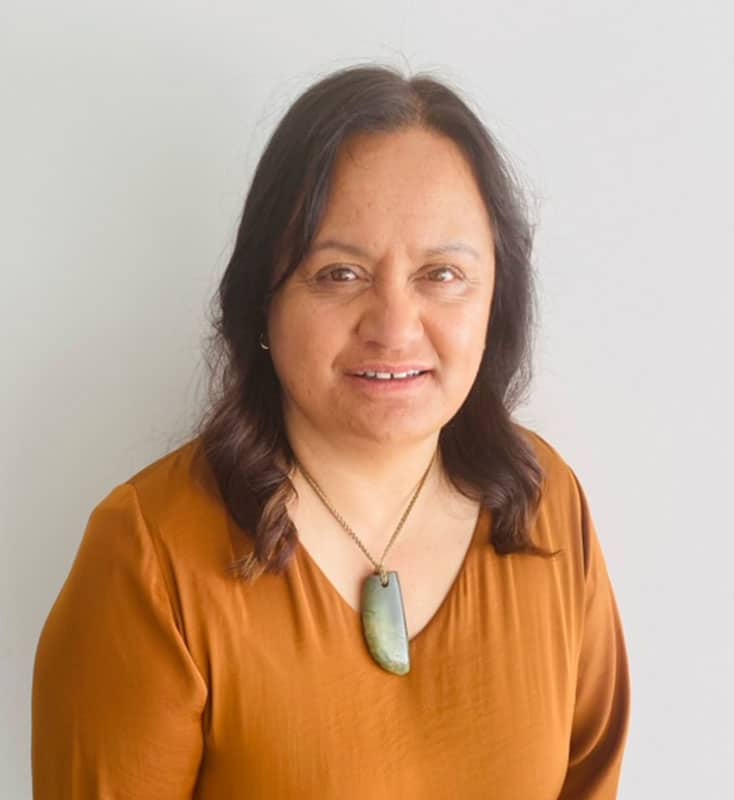Tāne, a revered figure in Māori lore, holds a significant place in the natural heritage of Aotearoa, New Zealand. Born of Ranginui and Papatūānuku, Tāne is commonly recognised as the god of forests and birds.
In Te Ao Māori, a divine decision was made that someone should ascend to the uppermost realm called Tikitiki-ō-Rangi. This quest involved obtaining Ngā kete o te Wānanga (the three precious baskets of knowledge) and the two Whatukura (sacred stones of knowledge) for the benefit of both divine siblings and humanity. For this significant task, Tāne was the chosen one.
Initially hesitant due to turbulent winds and disturbances, Tāne waited until summer to embark on the journey. Seeking aid from the God of winds, Tāwhirimātea, Tāne set off alongside various companions, seeking guidance from the winds of diverse realms during his voyage.
On the ascent, Tāne encountered opposition orchestrated by an elder brother named Whiro-te-tīpua, who sought to impede his mission. Thankfully, the offspring of Tāwhirimātea (God of the winds) safeguarded him, preventing any harm. Having reached the entrance to Tikitiki-ō-Rangi, Tāne encountered spiritual beings guarding the realm. After engaging in many rituals, he presented himself before Io Matua Kore, who questioned the purpose of his visit. Tāne conveyed his mission to acquire Ngā kete o te Wānanga (three precious baskets of knowledge) and the two Whatukura (sacred stones of knowledge).
Once Io Matua Kore allowed Tāne to proceed, Tāne was taken to Rauroha, where he would need to complete numerous rituals and ceremonies.



















